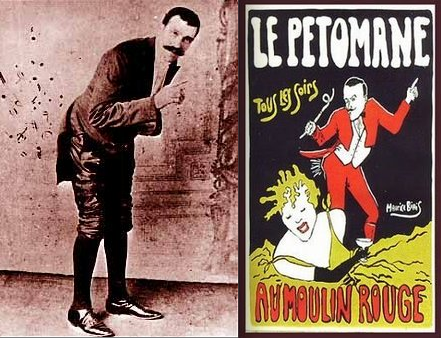Sometimes it blows.

Posted on 02/26/2014 1:07:24 PM PST by A Formerly Proud Canadian
Fill it up with helium and you can float over traffic jams.
Interesting idea, hope it works out. Better than buying Chinese manufactured batteries.

Well I for one welcome our new bovine overlords!
There is a diagram in the article. The energy stored in the compressed gas is created and transferred with hydraulics. The compressed air is trapped in what is referred to as a hydraulic accumulator. Efficient enough.
They are beyond that. The Aurora Bovinealias Spacecow project...real hush hush stuff...

So what does it do outside city limits?
I always knew the government would find a way to tax air.
You know they will find a way!
This has been around for decades. The designer is a former F1 engineer.
A little less talking, a little more action.
Personally I don’t see it.
And NG or propane powered vehicles? There are more and more of the former and still a few of the latter.
Peugeot has revealed plans to begin selling the first air powered car next year.
Obama Motors beat them to it.
I remember seeing a story a couple of years back about a speed bump that was installed to that charged a battery when a car drove over it. I thought that was an interesting concept if a driver had to slow down for a stop sign.
There will always be loss of energy in the form of heat that cannot be captured. It takes energy to compress the gas, but in compression heat will be generated and lost. In releasing the compressed gas to I presume to operate some type of turbine there will also be energy lost do to heat. I fail to see how this could be very efficient particularly with the high pressures needed to give any serious locomotion. I remember an episode of Myth Busters where they tried to propel a boat using compressed air jets and found it didn’t work.
Energy can neither be created nor destroyed, but can be converted. All processes of conversion involve a loss of some kind.
That law of Physics can not be undone by legislative or presidential fiat.
So, we need to know where the energy comes from to compress the air. Obviously not from air, as the headline implies.
What is the cost of the energy? What percentage makes it to the wheels of the car? How much leaks? What is the cost of government subsidies?
Perhaps if the compression cycle was integrated with
braking, then useable energy could be recovered and
used again. ??
I had the idea that the braking turns a hydraulic pump that compresses the air and that the engine could do it if it needed to. They specified ‘city driving’ for the economy spec, so that makes some sense.
Are they worse that electric hybrids? High voltage, heavy metal, heavy vehicles carrying a lot more force when they crash than a non-hybrid, difficult to quench fires, toxic fumes, etc.
If the French can make a compressed air hybrid car work, more power to them! If they did, it would sure be a black eye to Government Motors.
An engine compresses the air. Apparently the compressed air turns the wheels at a more efficient rate than the mechanical differential drive train.
Disclaimer: Opinions posted on Free Republic are those of the individual posters and do not necessarily represent the opinion of Free Republic or its management. All materials posted herein are protected by copyright law and the exemption for fair use of copyrighted works.